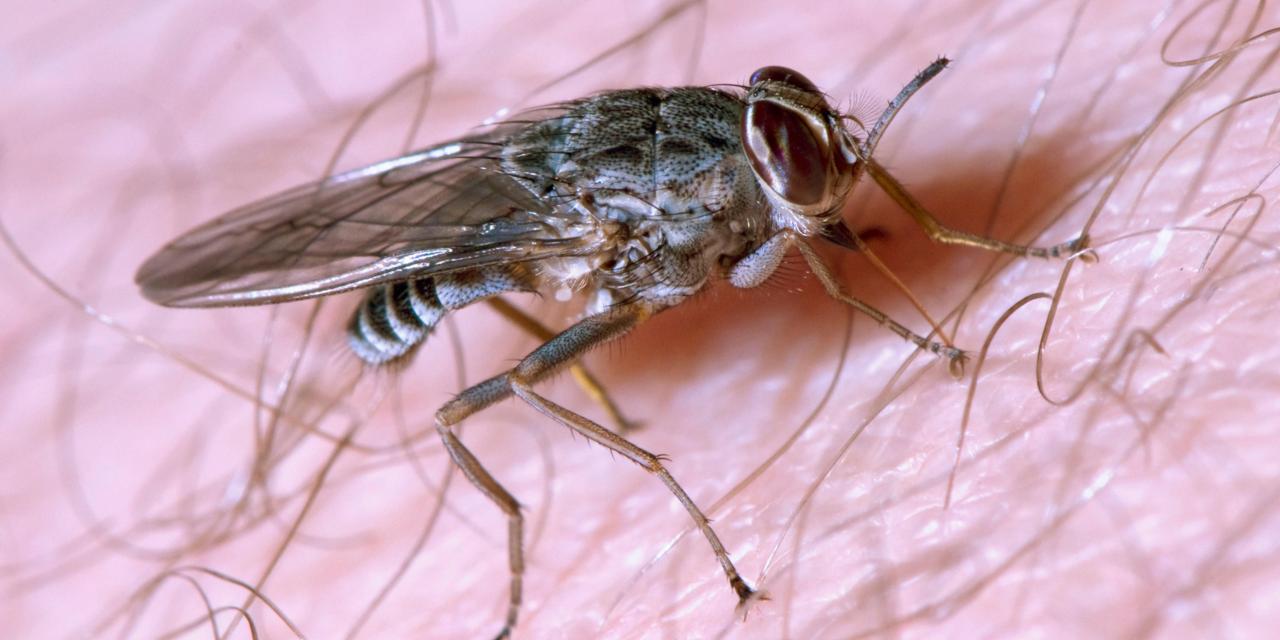Facts On Infection & Risk Factors For African Trypanosomiasis
How Infection Is Transmitted
Individuals can become infected with African trypanosomiasis in a few ways, but it's mainly transmitted through the bite of an infected tsetse fly. The infection can be transmitted from mother to child while the baby is in utero. The trypanosome parasite can cross the placenta and infect the fetus. Accidental transmissions from handling contaminated blood in a laboratory have occurred but are uncommon. Transmission of the parasite is also possible through sexual contact or a blood transfusion. There is some evidence of other types of flies or other blood-sucking insects playing a role in transmission, but these modes are difficult to assess. The communities that are most at risk usually have limited access to health care and education about how infection is transmitted. As a result, many cases go undiagnosed. African trypanosomiasis can develop in a single village or an entire region, with varying levels of intensity. War, poverty, and displacement of populations are other factors that facilitate transmission.
Learn about the spread and extent of cases of African trypanosomiasis next.
Extent Of Cases Of Infection

The extent of cases of infection stretches across thirty-seven countries in sub-Saharan Africa. It's estimated that hundreds of thousands of cases of African trypanosomiasis have gone undiagnosed and untreated since the start of data collection. The Democratic Republic of Congo has the highest number of cases of African trypanosomiasis in the world, which is about seventy-five percent of all TbG infections. Southeast Uganda and western Kenya lost over forty-eight thousand residents to the disease in 2008 and infections are still a regular occurrence in these areas. The number of infections dropped significantly by 2009 however, with less than ten thousand cases being reported. The World Health Organization reported 3,797 cases of African trypanosomiasis in 2014 and 2,804 new cases in 2015. The estimated number of actual cases during this time was actually closer to twenty thousand. The disease caused about 3,500 deaths in 2015. African trypanosomiasis was one of the leading causes of death in parts of Angola, the Democratic Republic of the Congo, and South Sudan. The number of new cases of infection has declined drastically, and eradication of the disease is expected by the year 2020 according to the World Health Organization.
Learn about outbreaks of African trypanosomiasis by reading more now.
